
الإمكانات الهائلة لأجهزة الكمبيوتر الكمومية
تُعدّ الحوسبة الكمومية مجالاً صاعدًا للأبحاث والتكنولوجيا يسخّر علمًا اسمه ميكانيكا الكم لإنشاء أجهزة كمبيوتر بإمكانات...
المراجعون الصغار
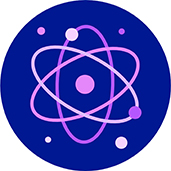


تُعدّ الحوسبة الكمومية مجالاً صاعدًا للأبحاث والتكنولوجيا يسخّر علمًا اسمه ميكانيكا الكم لإنشاء أجهزة كمبيوتر بإمكانات...



إذا سألك أحدهم: ≪ما هو أشد الحيوانات فتكًا في العالم؟≫قد لا تظن أن الإجابة ستكون حشرة أصغر من رأس دبوس! ومع ذلك، فإن...
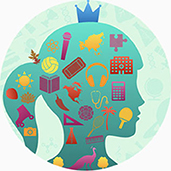


يستند هذا المقال إلى اللقاء الذي دار بين البروفيسور Martin Chalfie ونوا سيغيف.يدرس العلماء الأشياء بالملاحظة، فهم...





كان حلم طفولتي أن أصبح رائد فضاء وكنت من أشد المعجبين بالخيال العلمي. وكانت تستهويني دومًا الشخصيات البطولية التي...




هل تناولت الخبز أو الأرز مؤخرًا؟ أو ربما شيئًا يحتوي على الزيت؟ إذا كانت إجابتك بنعم، فمن المحتمل أنك كنت تتناول أطعمة...
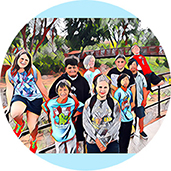


لقد تطورت الحياة في المحيطات لفترة أطول بكثير مما كانت عليه على اليابسة، ما أدى إلى وجود كائنات حية شديدة التنوع في...
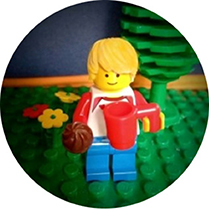
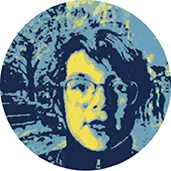

الملح مادة لها العديد من الاستخدامات، منها استخدامه كتوابل لطعامنا. وهو أيضًا صخر، ويمكن العثور عليه تحت الأرض في...

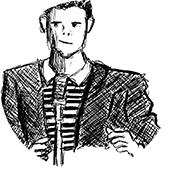


تستطيع طباعة أي شيء… ولكن، هل هذا ممكن فعلًا؟ الطباعة ثلاثية الأبعاد هي تقنية جديدة ومثيرة، تعد بإنتاج أي شيء يصممه...




يستند هذا المقال إلى مقابلة أُجريت بين المؤلفَين.جسم الإنسان مثل الغابة، حيث تجري العديد من الأحداث المبهرة بداخله كل...



تُعدّ الفيزياء إحدى أفضل الأدوات المتاحة لحل ألغاز العالم من حولنا. ويمكن أن تتراوح هذه الألغاز من الأسئلة حول الظواهر...
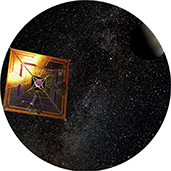
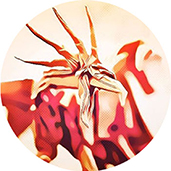


ما مدى ذكاء الأخطبوط؟ غالبًا ما نربط الذكاء بحيوانات مثل الدلافين والقرود والفيلة والببغاوات وأفراد عائلة الغربان (طيور...

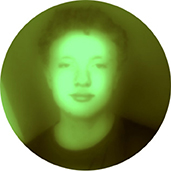

تتميّز الرابطة بين الطفل والشخص الرئيسي الذي يعتني به بأنها رابطة خاصة، وهذه الروابط مهمّة لبقاء البشر على قيد الحياة...

